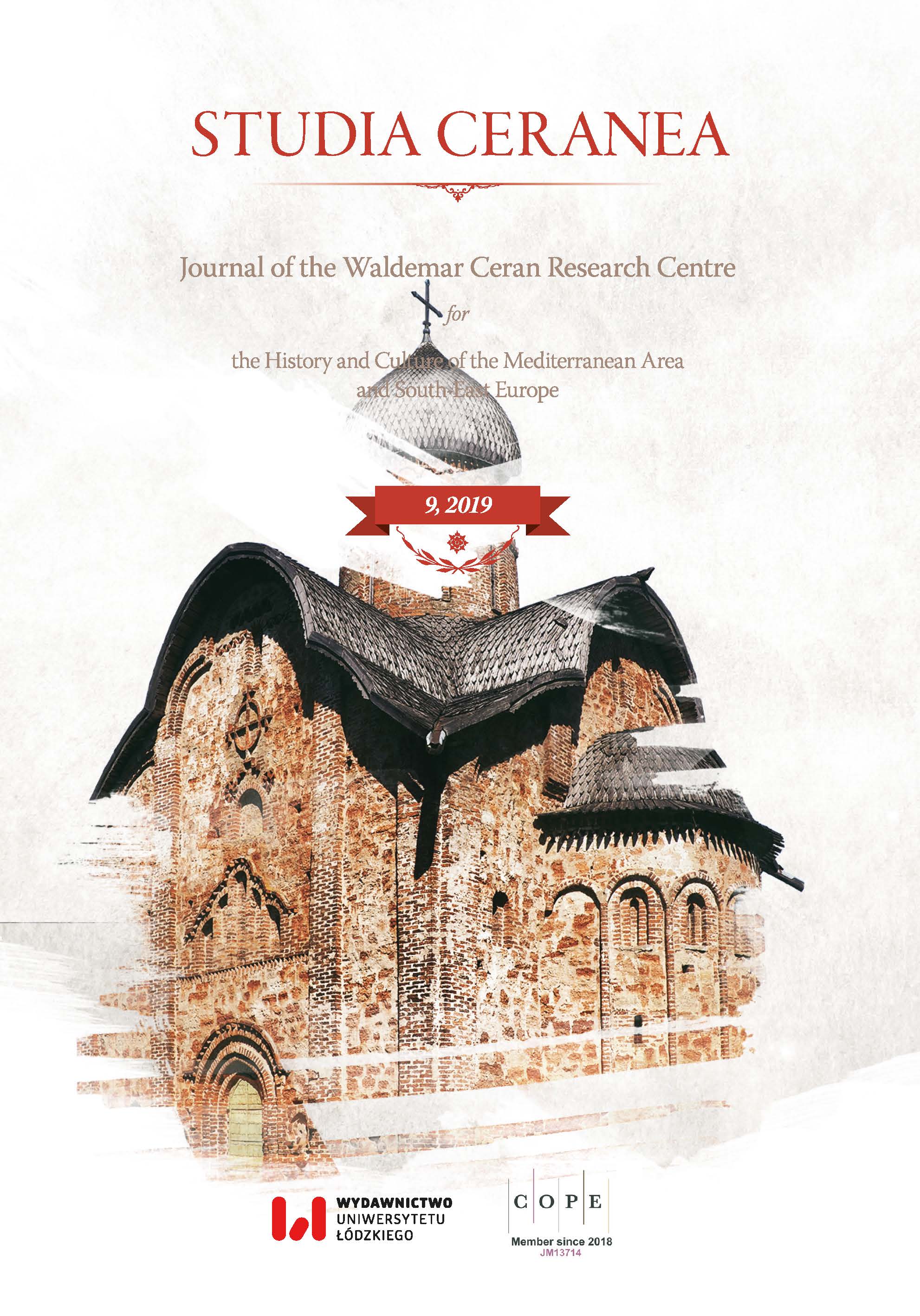Ichthyological Hapax Legomena in Marcellus’ De piscibus
Ichthyological Hapax Legomena in Marcellus’ De piscibus
Author(s): Konrad Tomasz TadajczykSubject(s): Theoretical Linguistics, Social history, Ancient World
Published by: Wydawnictwo Uniwersytetu Łódzkiego
Keywords: animal terminology; etymology; Greek; ichthyonymy; vocabulary
Summary/Abstract: Marcellus of Side, a physician and didactic poet of the second century AD, mentions fourteen exclusive ichthyonyms in the preserved fragment De piscibus, extracted from the 42-volume epic poem entitled Cheironides. The author discusses Greek names of fish and sea animals that appear only in Marcellus’ work. They belong to the so-called hapax legomena. The following appellatives are carefully analyzed: ἁλιπλεύμων, ἅρπη, βούφθαλμος, βράχατος, γαρίσκος, γερῖνος, ἐρυθρός, θρανίας, θῦρος, κόλλουρος, περόνη, τραγίσκος, τυφλῖνος, χρύσοφος. It is assumed that Marcellus of Side introduced a number of ichthyonyms of Pamphylian origin, e.g. Pamph. θῦρος (< *θύρσος), βράχατος (instead of βάτραχος), ἐρυθρός (= ἐρυθρῖνος), θρανίας (instead of θράνις), χρύσοφος (instead of χρύσοφρυς). Also new identifications of fish are suggested, e.g. Gk. βούφθαλ- μος ‘large-eye dentex, Dentex macrophthalmus Bloch’, Gk. κόλλουρος ‘slender sunfish, Ranzania laevis Pennant’. All the discusssed ichthyonyms, as well as names of other sea animals, are explained from the point of view of phonology, morphology or semantics, e.g. ἁλιπλεύμων ‘jellyfish’ (literally ‘sea lung’), ἅρπη ‘a kind of ray fish’ (literally ‘a kite’).
- Issue Year: 2019
- Issue No: 9
- Page Range: 705-722
- Page Count: 18
- Language: English

